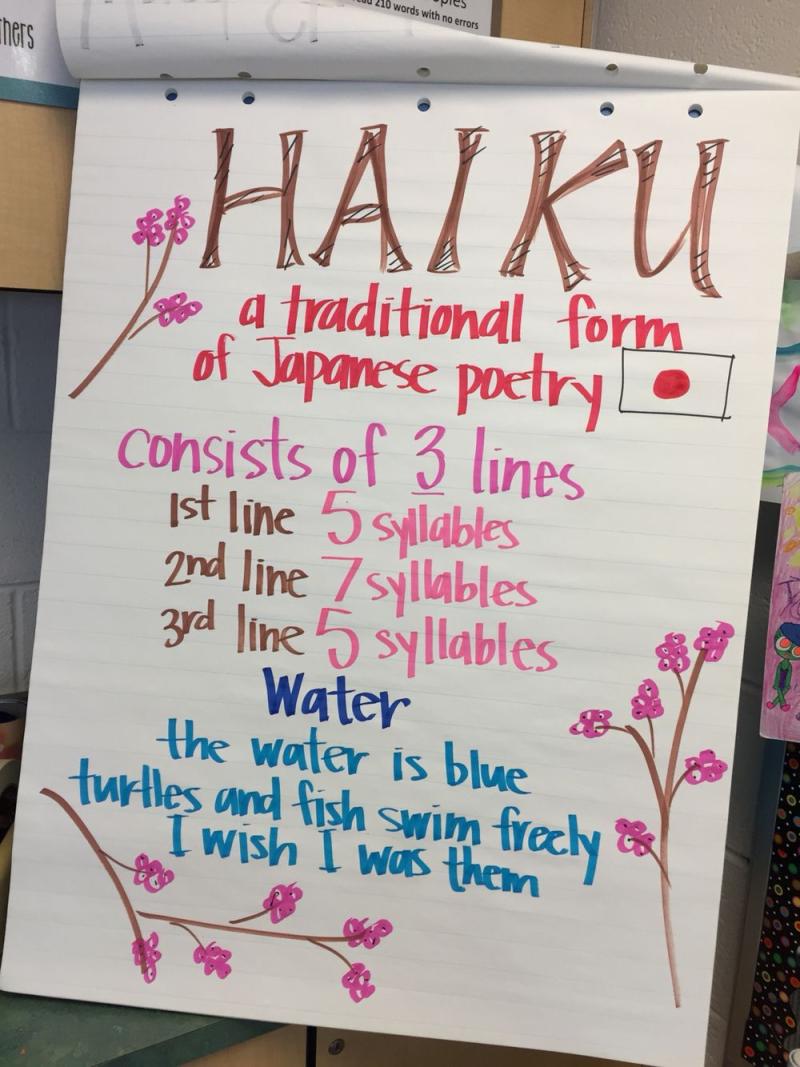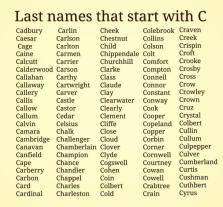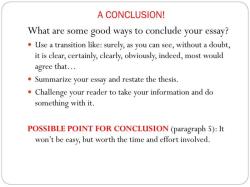How does the haiku poem generator work?
Generating haiku poems using a computer or AI involves a combination of linguistic analysis, pattern recognition, and creativity. Haiku is a form of traditional Japanese poetry with specific structural and thematic rules. A traditional haiku consists of three lines with a 5-7-5 syllable count, creating a total of 17 syllables. Here is an overview of how a haiku poem generator might work:
1. Text Analysis:
- The first step involves analyzing a large dataset of text to understand patterns, sentence structures, and common themes in haiku poetry. This dataset may include existing haiku poems as well as other types of text to provide a diverse range of linguistic patterns.
2. Syllable Counting:
- The generator needs to count syllables accurately to adhere to the 5-7-5 structure. Algorithms are employed to count syllables in words and sentences, ensuring that the generated haiku meets the syllabic requirements.
3. Grammar and Syntax:
- The generator must understand grammatical rules and sentence structures to create coherent and meaningful haiku. This involves analyzing parts of speech, sentence construction, and the relationships between words.
4. Thematic Analysis:
- Haiku often follows specific themes related to nature, seasons, or emotions. The generator may be programmed to recognize and incorporate these themes into the generated poems to maintain the essence of traditional haiku.
5. Randomization and Creativity:
- To introduce an element of creativity and uniqueness, the generator may use randomization techniques. This could involve selecting words, phrases, or themes randomly from the dataset to construct novel combinations.
6. Contextual Understanding:
- Some advanced haiku generators may attempt to understand the context or input provided by a user. For example, if a user provides a specific theme or topic, the generator might tailor the generated haiku to align with that input.
7. Post-Processing and Refinement:
- After generating a haiku, the system may undergo post-processing to refine the structure, ensure grammatical correctness, and improve coherence. This step is crucial for enhancing the overall quality of the generated poem.
8. User Interaction (Optional):
- In some cases, haiku generators may allow user interaction, enabling individuals to input specific words, themes, or constraints to influence the generated output.
Challenges:
- Generating high-quality haiku that captures the beauty and depth of human creativity poses a significant challenge. The algorithmic approach may struggle with nuances, cultural subtleties, and the emotional depth often found in human-authored poetry.
Haiku generators can be implemented using various natural language processing (NLP) techniques, machine learning models, or rule-based systems. The effectiveness of a haiku generator depends on the sophistication of these underlying mechanisms and the quality of the dataset used for training and inspiration.
Understanding the Syllable Structure of Haiku
Haiku, a traditional Japanese poetic form, is characterized by its brevity, simplicity, and focus on nature. One of its defining features is its syllable structure, which follows a pattern of 5-7-5 syllables across three lines.
First line: 5 syllables
Second line: 7 syllables
Third line: 5 syllables
This pattern creates a sense of rhythm and balance within the haiku, while also allowing for concise expression of the poet's thoughts and observations.
Implementing Haiku's Seasonal References and Nature Elements
Haiku often incorporates seasonal references and nature elements to evoke specific moods and imagery. The use of kigo, a word or phrase that indicates the season, is a hallmark of haiku. Examples of kigo include:
Spring: cherry blossoms, swallows, new leaves
Summer: cicadas, sunflowers, swimming
Autumn: maple leaves, crickets, harvest
Winter: snow, cranes, hibernation
By incorporating seasonal references, the haiku poet connects the poem to the natural world and the cyclical passage of time.
In addition to kigo, haiku often draws upon nature imagery to create vivid descriptions and evoke emotions. Elements like flowers, trees, mountains, rivers, and animals can serve as powerful symbols and metaphors within the haiku form.
Utilizing Haiku's Juxtaposition and Contrast Techniques
Juxtaposition and contrast are effective techniques employed in haiku to create tension, surprise, and deeper meaning. Juxtaposition involves placing two contrasting or seemingly unrelated ideas or images side by side, while contrast highlights differences or opposing elements.
By employing juxtaposition and contrast, haiku poets can achieve a variety of effects, such as:
Highlighting the beauty and fragility of nature: "Delicate petals fall, / Silent dance upon the breeze, / Nature's gentle art."
Contrasting human emotions with the natural world: "Loneliness engulfs, / Yet the waves crash, ever strong, / Nature's constant beat."
Creating a sense of surprise or revelation: "Autumn leaves ablaze, / A fiery dance before their fall, / Nature's fleeting art."
Juxtaposition and contrast add depth and complexity to haiku, allowing the poet to convey more than just surface-level observations. These techniques engage the reader's imagination and encourage them to contemplate the deeper meanings within the poem.











